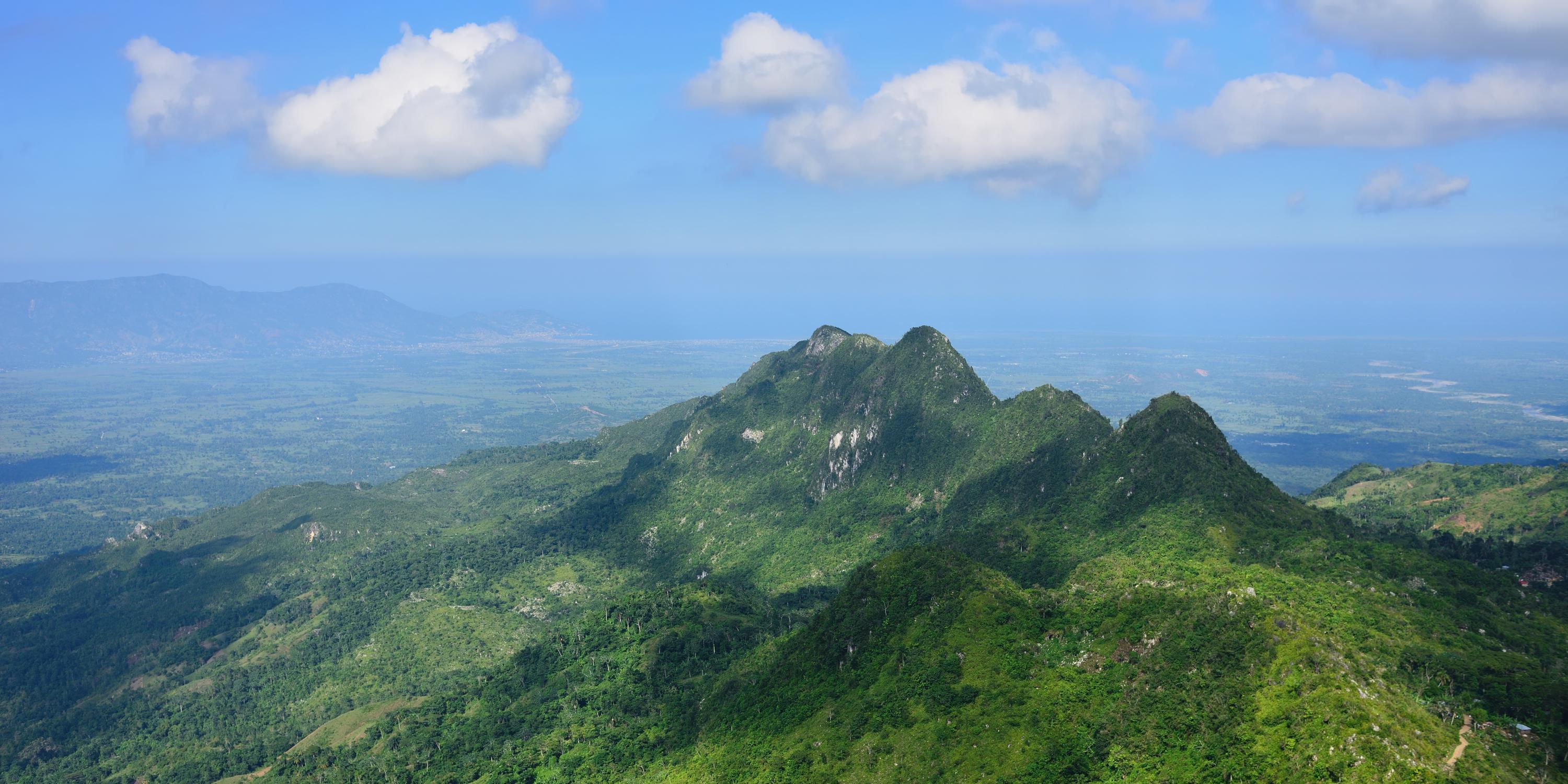
Haiti
Bill Gates
Pa gen pwoblem
«Pa gen pwoblem» is one of the most common phrases you'll hear from Haitians and means "no problem". It well represents two of the most typical traits of this country's population. One is their innate optimism, the other is the cultural mélange of a people whose majority speak Haitian Creole, which mixes French and East African dialects.
Being a land crossed by different histories and cultures, which coexist by mixing with each other, is at the basis not only of the Haitian language, but also of its music and dance, as well as the (highly renowned) local cuisine, architecture and culture in general. And spirituality is no exception for a country where the long-misunderstood voodoo represents a religion of great depth, developed in Africa and secretly introduced among the Catholic rituals of European missionaries.
The territory
Haiti is one of the two countries occupying the island of Hispaniola (the other being the Dominican Republic), of which it occupies about 1/3 of the surface in the westernmost part. The territory of Haiti is largely mountainous, with peaks exceeding 2,000 metres such as Pic La Selle (2,680 m), the highest in the country. There are few flat areas. Some smaller islands are also part of its territory, with the best-known being the Gonâve and Tortuga, a mythical refuge for pirates and buccaneers.
The climate is tropical, with more abundant rainfall in the northern areas and related mountainous areas. As is well-known, Haiti is subject to passing tropical storms and hurricanes. The former often cause abundant rains, especially in inland areas. Hurricanes are more frequent between August and October.
Treedom in Haiti
We have been active in Haiti since 2012 thanks to the collaboration with AVSI, with which we support and coordinate the work of numerous farmers' cooperatives. AVSI is a partner that has long and proven experience of working in Haiti dating back to 1999, with numerous actions in the field of healthcare, food support and agricultural development of local communities.
Planting is mainly concentrated in the south, in the mountainous regions of the Les Cayes commune, and in the north, in the Grande-Rivière-du-Nord and Bahon areas. The geographical and climatic context is extremely favourable for planting numerous varieties, but the goal is to carry out projects with a long-term perspective, involving local communities, creating an alliance between them and the trees they will look after.
Looking to the future
The planting system adopted in agreement with local farmers follows agroforestry patterns, combining both forest and fruit species: orange, avocado, mango, cedar, cocoa and coffee. The purpose is, on the one hand, to reduce erosion processes due to hydrogeological instability and, on the other, to encourage productivity in rural areas by planting fruit trees, to provide an alternative income to illegal logging and sale of timber or its use to produce coal.
There are educational benefits too, given that the project's planting has already involved not only farmers but also students from some schools in the area, to follow the operations and learn crop management techniques.
255,401
trees planted in Haiti
13,761
beneficiaries involved in Haiti
